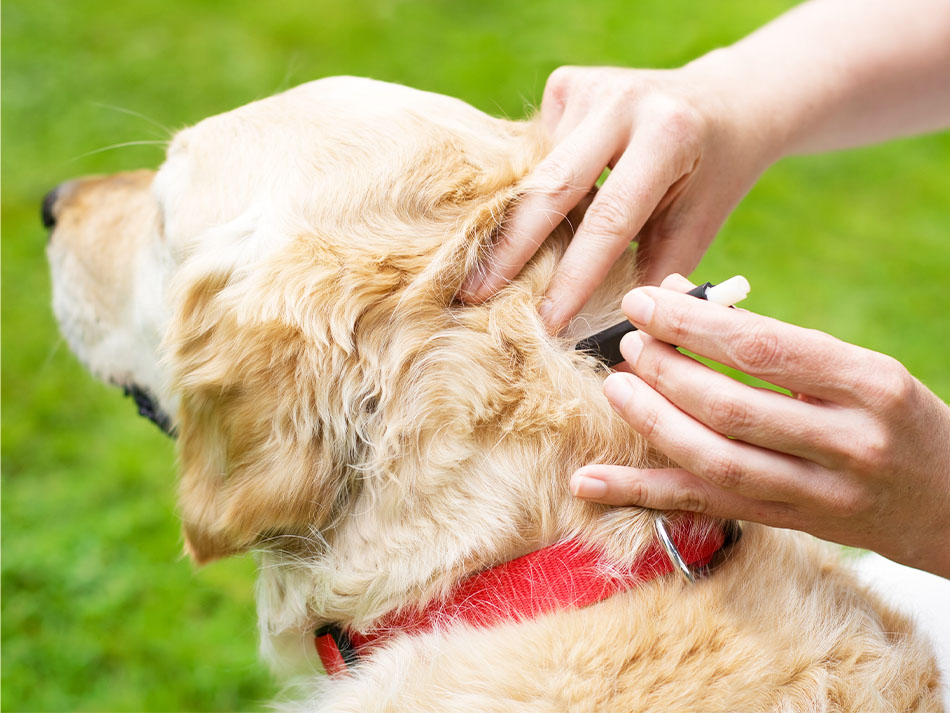Coastal Tip: Spotting, Removing, and Preventing Ticks
June 10, 2022
Fleas and ticks are everywhere this time of year. The chances of your dog coming across one of these pests and potential disease carriers become more likely with every camping trip or venture into your acreage. Here are a few tips on how to spot, remove, and defend yourself and your pet from ticks in the Pacific Northwest.
An Ounce of Prevention
Most veterinarians urge dog owners to have their dogs fully vaccinated before camping or going out in tall grasses. This can include a Lyme disease vaccination. If you’re not sure if your pooch is current on its shots, or if your dog can handle specific vaccinations, ask your vet. You can also read our article Avoiding and Treating Flea and Tick Invasions for more information.
If you simply want to use a repellent, the Centers for Disease Control and Prevention (CDC) urges pet owners to use repellents that contain at least 20% DEET. While it might not be the most natural alternative, it is one of the most effective.
Other options include collars, drops, daily pills, and diatomaceous earth. You and your veterinarian can decide on the right option for your pet and your household. Just keep in mind that some products kill fleas and ticks, while others will only repel and kill fleas.
Know Where Ticks Live
When you’re camping or working on the farm, you’ll generally find ticks in high grasses, under leaves, and shaded areas. Ticks do not attack from trees, but rather from the ground or grasses, crawling upwards. When you stay in the sun, you’re more likely to avoid ticks and keep your pet happy. That’s because younger ticks called nymphs cannot live in direct sunlight.
Spotting Ticks
Ticks are eight-legged pests that can carry Lyme disease and Rocky Mountain spotted fever. They can live for up to three years, laying thousands of eggs at a time, and dying immediately afterward. The only good thing about ticks is they are easy to spot.
Anytime you come back from a hike or trip into a pasture, run your hands along your dog’s body. You’re checking for any small lumps or bumps. If you find one, you may have spotted a tick. You’ll usually find them around your dog’s head, ears, feet, and neck. The bigger the tick, the more likely it has filled itself with your pet’s blood. The next step is proper removal.
Removing a Tick
Ticks can sometimes be removed when you brush your pet, but invaders that have lodged themselves into your dog need to be carefully removed using tweezers and rubbing alcohol.- First, using the tweezers, grab the tick as close to your dog’s skin as possible. Do not pinch.
- Pull the tick straight out while applying steady pressure. Don’t twist or turn the tick as this can leave behind parts of the tick’s head.
- Finally, disinfect the area.
Once a tick is removed, watch your pet for any signs of an infection. These can include a fever, loss of appetite, and low energy. If you think your dog may have been infected by a tick, be sure to see your veterinarian immediately.
Coastal Cares About Your Pets
Coastal carries flea and tick repellents and remedies, including shampoos, collars, topical applications, and medications. Talk to your vet and then stop your nearby location and pick up what you need to keep you and your pet happy and tick-free all year long.
